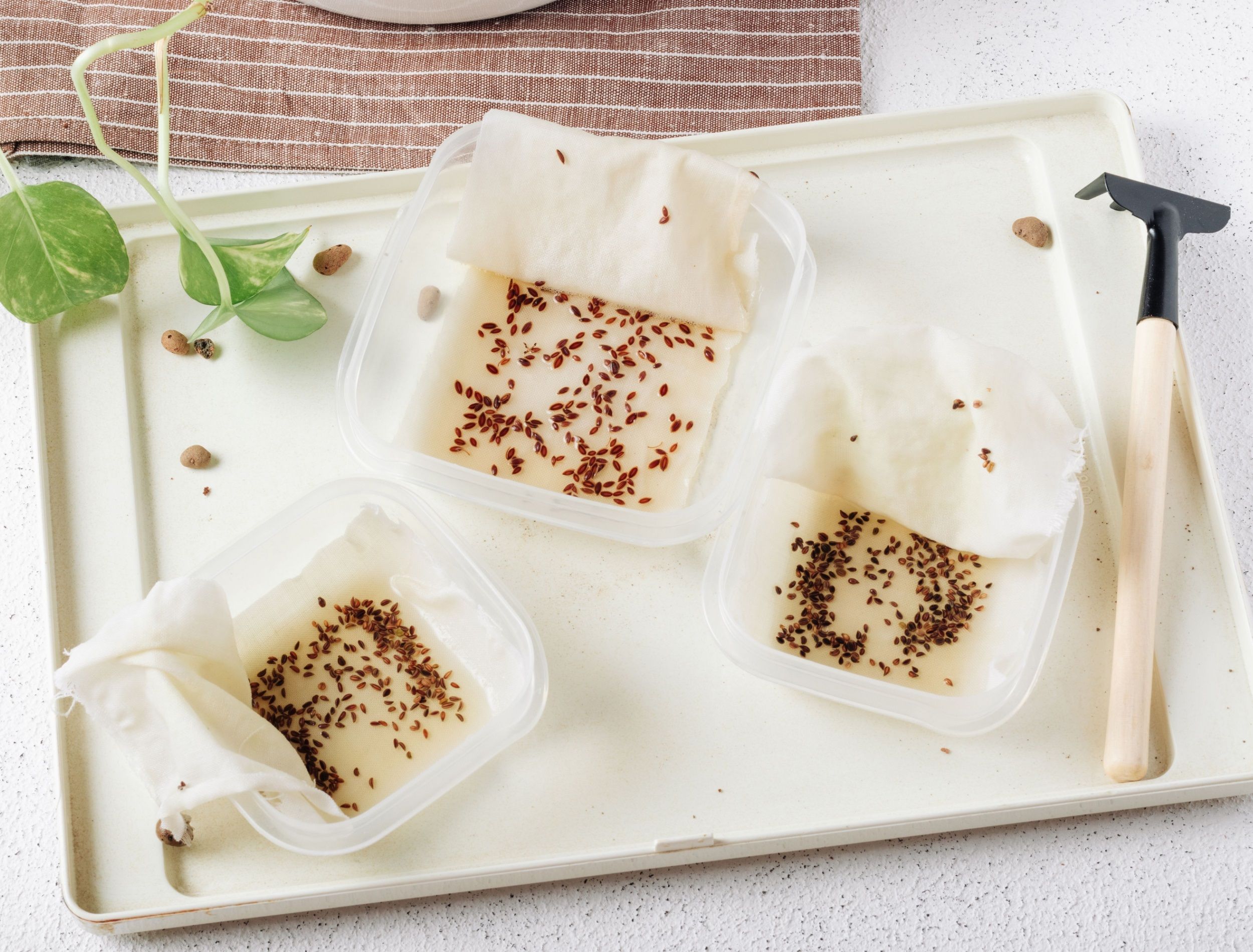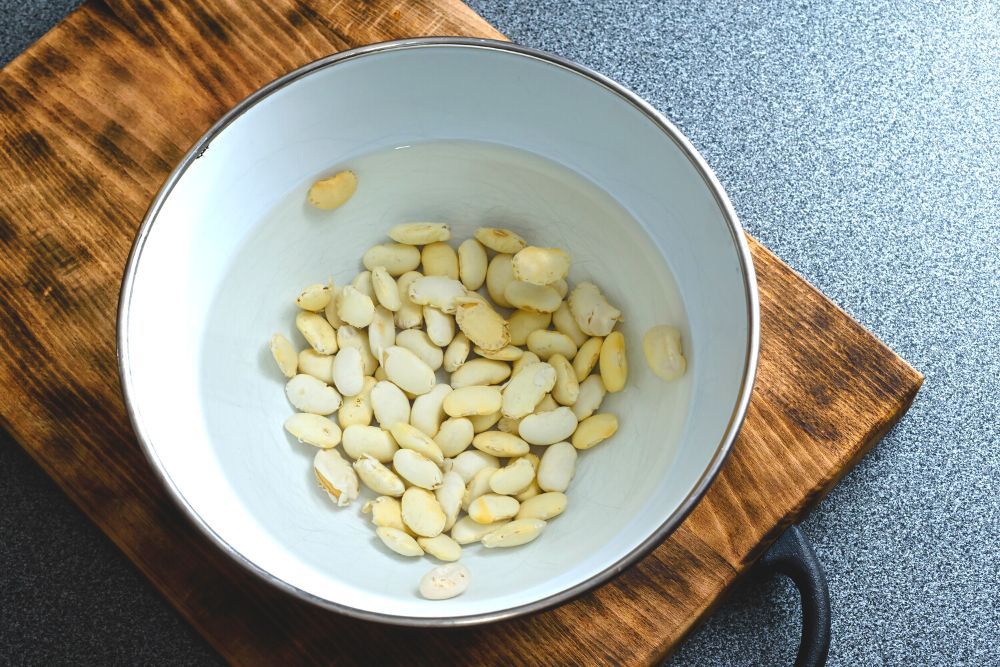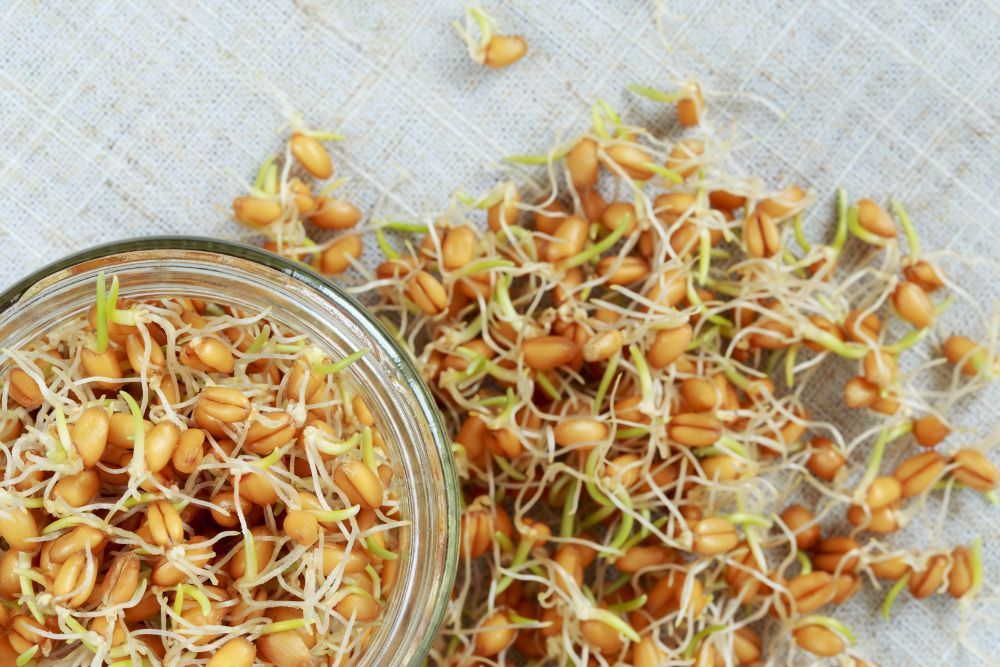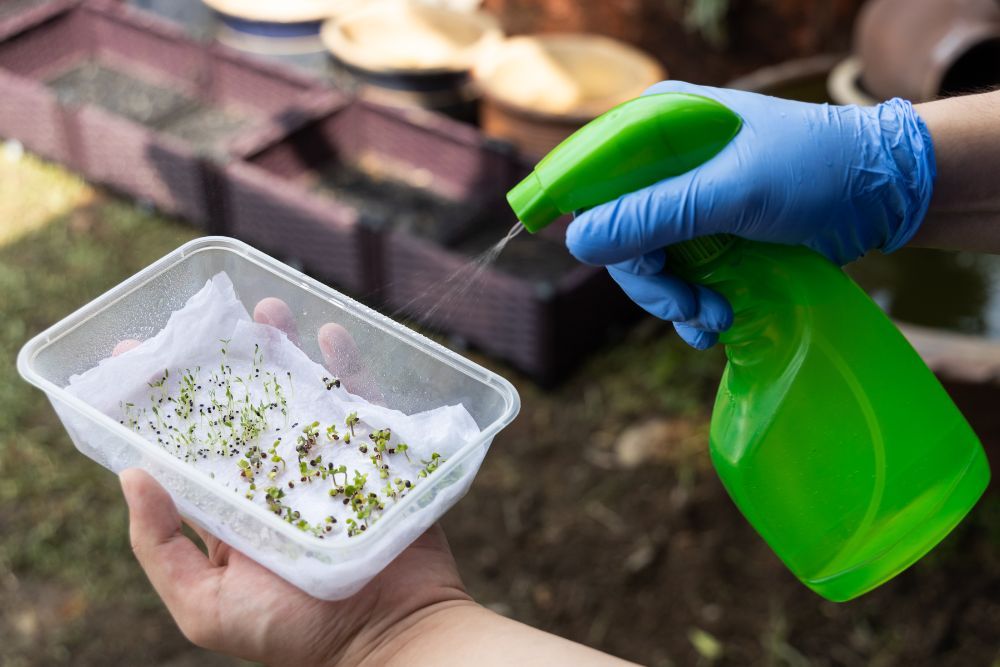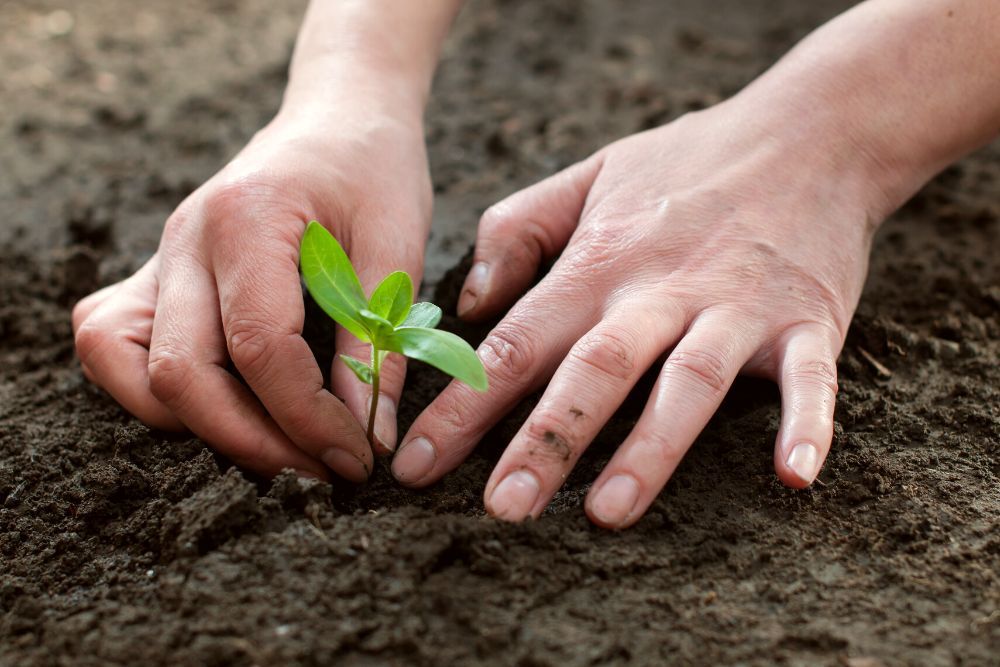To help you grow healthy seedlings this season, there’s a crucial step in your gardening prep you don’t want to overlook - soaking your seeds! Giving your seeds some extra hydration will add a lot of value to your gardening efforts. Keep reading to explore three benefits of soaking your seeds before planting!
The Best Seeds for Soaking
Image credits: Reimphoto via Canva
It’s important to note that not all seeds are ideal candidates for soaking. Large seeds such as beans, squash, and cucumbers will appreciate the extra moisture. This is because as it will help soften their tough outer shells and promote germination.
On the other hand, any small seeds like carrots or kale, will likely clump together while soaking. This will make them difficult to work with afterwards so they aren't ideal candidates. In addition, excessive amounts of moisture can lead these delicate seeds to drown, so it’s best to plant these directly in the ground.
3 Benefits of Soaking Seeds Before Planting
Now that you know which types of seeds to select for soaking, here are three benefits that this extra hydration will bring to your seeds before you plant them.
1. Speeds Up Germination
Image credits: DevidDO via Canva
Just like various wild animals that go into hibernation during the cold, winter months, seeds will similarly enter a dormant period when they aren’t tucked into warm, moist soil and actively growing. This protective state will keep seeds safely intact until the right temperature, light, and moisture conditions arise and invite the seed to start developing. By soaking the dormant seeds in water, you’ll create an environment that your seeds are comfortable germinating in.
As your seeds soak, moisture begins to activate enzymes inside them that help break down their protective exterior coating. This in turn begins to awaken the large network of nutrients inside the seeds. As the seeds absorb the water, a build up of pressure will eventually cause the seeds to burst. This will result in an influx of oxygen that promotes the root meristem (responsible for new tissue formation) to develop. This form of germination in water happens quickly, usually overnight or within 48 hours (this will be specific to each type of seed you have). At this point your seeds are ready to be removed from the water and transplanted to soil.
The same process also occurs when seeds are put directly into soil instead of water, but at a much slower rate (averaging around two weeks). This is because outdoor soil conditions fluctuate consistently, based on factors such as the weather and microorganisms living in the soil. This makes soaking seeds in water a much more efficient way of activating and even speeding up germination.
2. Adds Extra Protection
Image credits: ThamKC via Canva
“Damping” refers to any issues that cause a seed to experience slow or failed germination. This is usually caused by poor environmental conditions, sudden and drastic changes onset by weather, or a bacterial invasion. Luckily, there are a couple of ways that soaking your seeds in water before planting, can build up seed resilience before life in the soil and reduce the chances of damping.
Firstly, when seeds have some time to absorb moisture, they’ll be better prepared at facing potentially dry or anaerobic soil conditions. The extra moisture they intake will act as a survival buffer. This is especially important in soils that are sandy or rich in clay and potentially dehydrating.
Beyond protecting seeds from a potential lack of moisture, soaking seeds can also protect against exposure to pathogens once in the soil. As seeds germinate and their growth rapidly accelerates, they release large amounts of stored carbon and energy. Additionally, the seeds will also begin to produce protective compounds such as flavonoids and sterols. These can inhibit pathogens such as fungi from attacking the seed once it’s in the soil.
3. Increases Successful Seeds
Image credits: Germanovich via Canva
Soaking your seeds before planting can also be a way of improving your chances of having successful seeds and producing a larger yield.
The truth is that not every seed will grow into a successful plant. Some will lack enough vital nutrients to help it actively germinate, whereas others may be weaker due to pathogens that have attacked it. However, by soaking your seeds before planting, you’ll get a better idea of how healthy and viable your seeds are. This is a great way to test out seeds you purchased a while back that are past their expiry date.
Rather than taking your chances with them in soil, you’ll be able to know within a few hours if you’ve got any faulty seeds. These will usually be the ones that end up floating in the water. This is due to them being full of oxygen and moisture instead of viable nutrients. Seeds that remain at the bottom are good for planting.
A Seed-cessful Season
If you’ve got newly purchased seeds or seeds from a previous harvest lying around that you’re looking to reawaken, it’s a great idea to soak your seeds in water before planting. Not only will this bring your seeds to life, it can also improve their strength and resiliency once they’re put into soil!
Which seeds are you soaking this season? Share your ideas in the comments below!

